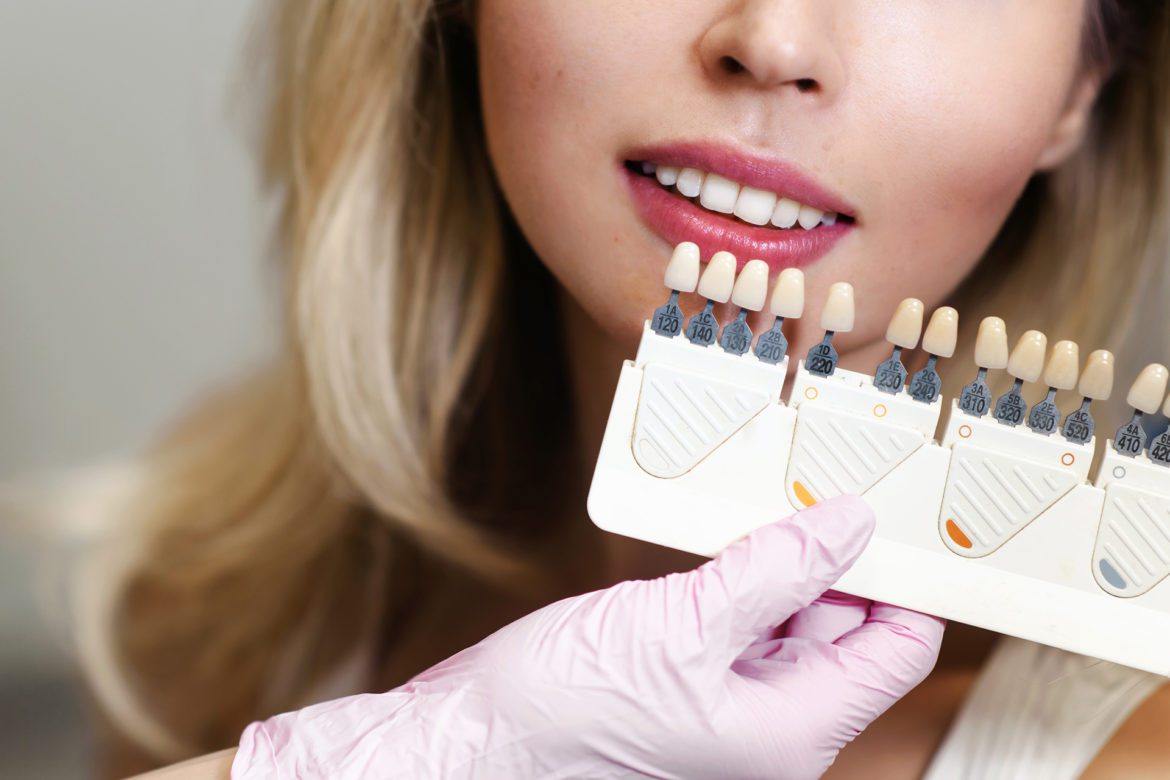Did you know that a healthy smile is foundational to helping us look and feel our best? With all the advancements in modern dentistry, though, the options for achieving a healthy smile can seem overwhelming.
Two of the most popular options, veneers, and dental bonding, can seem especially similar. But, there are a few differences you should know before deciding which one is right for your situation.
In this guide, we’ll explore these two options and help you figure out which one is appropriate for you. We’ll also clue you in on how to get the best possible care from your Delaware, Ohio family dentist.
What are Dental Veneers?
Dental veneers are also called porcelain veneers. Essentially, a veneer is a thin piece of porcelain material that is placed over your teeth.
Your local dentist will design your veneers to fit perfectly over your teeth. This creates a natural look so that your veneer is indistinguishable from the rest of your smile.
Veneers can help to solve several different problems, including:
- Discolored teeth
- Hiding chipped or otherwise injured teeth
- Create a more uniform smile.
You can get either a single veneer or multiple, depending on your smile goals.
When placing a veneer, your dentist will shave off or remove some of the existing tooth. This allows the veneer to sit snugly on the tooth, creating a smooth appearance.
Getting veneers is usually a relatively painless process. However, it may require several visits to your family dentistry practice. These visits and consultations help to ensure your veneers look absolutely perfect.
What is Dental Bonding?
Dental bonding, or teeth bonding, is a bit different from veneers. Dental bonding involves having the bonding resin applied directly to the tooth, instead of being a pre-formed porcelain piece.
After the resin is applied, your restorative dentistry professional will wait for it to harden. Once the resin has hardened, your dentist will shape and polish it to achieve a natural look.
Dental bonding does not last as long as veneers. It will begin to fade or chip over time. Generally, your Delaware, Ohio dentist will recommend dental bonding for minor tooth imperfections.
Usually, dental bonding is done on the front teeth, but not all front teeth are good candidates for dental bonding.. Other teeth that require exceptional bite force, such as the molars, are bad candidates for cosmetic dental bonding.
Tooth bonding that has been appropriately cared for will usually last anywhere from 3 years to 10 years. The procedure is often completed in a single visit, as it is a relatively simple one.
Comparing the Cost: Dental Bonding vs Veneers
Advanced dentistry comes in a wide range of prices depending on your preferred procedure and the level of care required.
The cost of veneers is usually a bit higher than the average dental bonding cost. This is because veneers are made from porcelain, while dental bonding comes from simple resin.
However, dental veneers often last much longer than dental bonding. If you have a more serious problem with your teeth, opting for veneers will likely save you more money in the long run.
Veneers are better for covering stains, while dental bonding is ideal for fixing chips or gaps in the teeth. However, dental bonding is not a great option for the front teeth or any teeth that incur heavy bite force. They can easily become cracked or broken in these areas.

